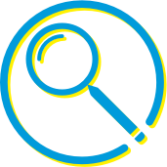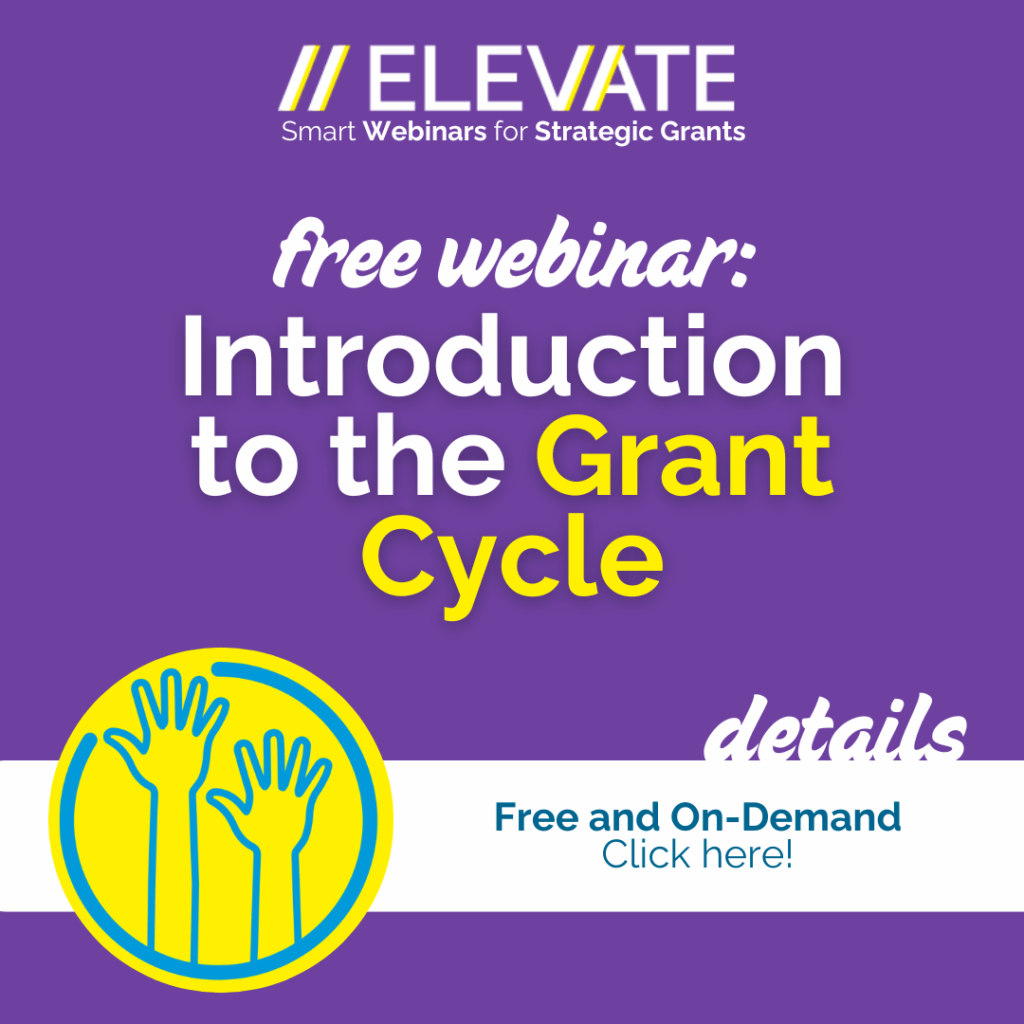January 12, 2017
THIS POST IS PART OF A SERIES.
YOU CAN READ PART 2 HERE.
If you’re the leader of an organization, one of your key responsibilities is to predict the future—and prepare your organization to respond.
While this probably feels semi-impossible on many days, you’ve certainly been asked to predict—and prepare for—your revenue and expenses during annual budget season. And if you’ve ever been in a cash crunch, you might have wished you’d planned a little more rigorously earlier in the year.
Therefore, we want to share some tips and tools to make this process easier for you. Below is Elevate’s Guide to Creating Forecasting Charts, which we produce annually for our clients.
Forecasting v. Cash Flow
Before we dig in, we want to remind you that a forecasting chart is not the same as a cash flow chart, which is also a tool nonprofit executives need. Essentially, a forecasting document helps predict what funding you will receive, and a cash flow document records when you expect to receive your funding (as well as when that money you will need to spend throughout the year). You should plan to do your forecast document first and cash flow second.
What are revenue projections?
It’s all about probability! Simply put, a revenue projection is the probability that you will receive a certain amount of money during your fiscal year (or some other timeframe). To get a reasonable projection, we estimate the likelihood we will win a grant and then we multiply that probability by the amount of money requested.
For example, if we submitted a renewal request that we believe we are likely to win again, we might say that we have a 90% probability. If we submitted a cold proposal to a funder who has never given to us before, we might think we only have a 5% or 10% probability.
Here’s the math:
$ ask amount x % probability of winning = $ expected revenue
For example:
$100,000 request x 50% probability = $50,000 expected revenue
We add each anticipated proposal’s expected revenue together to create a forecast and get the total expected revenue from grant funding for our organization, and then update this throughout the year.
Why should you forecast?
The best expense budgets are based on reasonable projections of revenue; therefore, there is a high burden on you to ensure that your projections are reasonable, if not conservative. If you create an expense budget and then hope you can raise that amount of money, you are going to be absorbing a lot more risk than if you create your projections first and then create your expense budget based on what you can raise.
How often should you forecast?
Most organizations forecast annually and revisit their forecast before Board meetings. You should be regularly updating these as you win and lose grants, and tracking your progress to ensure you are going to meet your revenue goals. Just make sure there is a balance between the difficulty to project and the value you get from your projections.
How do you create a forecast or projections chart?
STEP 1:
Define set percentages based on the type, tier, and history of the funder. There are a few pretty standard percentages. For example, a nonprofit with a consistent strategy and leadership can assume that most private foundations that give annually will be renewed at least 90%. However, in general, these percentages will depend on your sector, funders, context, and leadership. For example:
If your executive director has recently changed, you might not renew all of your past funders.
If the broader context of your issue-area is changing, or public priorities are shifting, the funding landscape might be changing too—with public agencies making less funding available or harder to secure.
If your executive director is skilled at cultivating relationships with funders, you might win a higher percentage of cold proposals than an organization whose executive director does not cultivate or is new to it.
STEP 2:
Modify as few percentages as possible based on your knowledge of the funder. For example, if something has changed that makes you want to be more conservative or ambitious. We encourage you to stick to a set methodology though, both because it is easier, and also because you are least likely to insert your own bias (or unreasonable hopes!) into the process.
STEP 3:
Stay in the middle. No projections should be 100% unless the funding has already been awarded and no funding should be 0% unless you will not submit a request that will be awarded during the time period.
STEP 4:
Input your actual best estimate of the ask amount, ideally based on research.
STEP 5:
Set up your projection chart to calculate expected revenue from each funder and then the total (sum) of all opportunities. If you’d like to, you can create a lower-risk forecast and a higher-risk forecast. We generally think this is a good practice and does not require much more work.
We understand if you are skeptical. After all, when you put a 90% probability on a $100,000 grant, and then win it, your projections are off by a full $10,000! Even worse: when you put a 10% probability on a $50,000 grant and win it, the difference is a full $45,000. So, what’s the point?
Your goal is not to get everything about every funder right. Instead: it is to play the averages and get your total projections as close as possible to reality.
All grants, by the end of the fiscal year, will be either 0% or 100% — so when you project a 10% probability, you are not estimating that only 10% of your ask amount will be granted. (Most likely, you will win most of what you request.) Instead, your goal is to win ONE out of every TEN funding sources that have a 10% probability in your projections. The same is true with renewals: if you plan to renew all the money you won last year at 100%, you are taking on too much risk – if a single foundation chooses to change priorities, and not fund you again, having a 90% projection will allow you to absorb that loss much more easily.
THIS POST IS PART OF A SERIES!
You can read part 2 of this series here, and make sure to download our free forecasting template below!
About the Author:

Founder & CEO

















